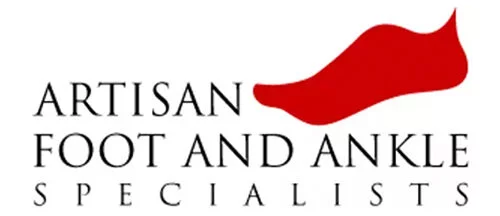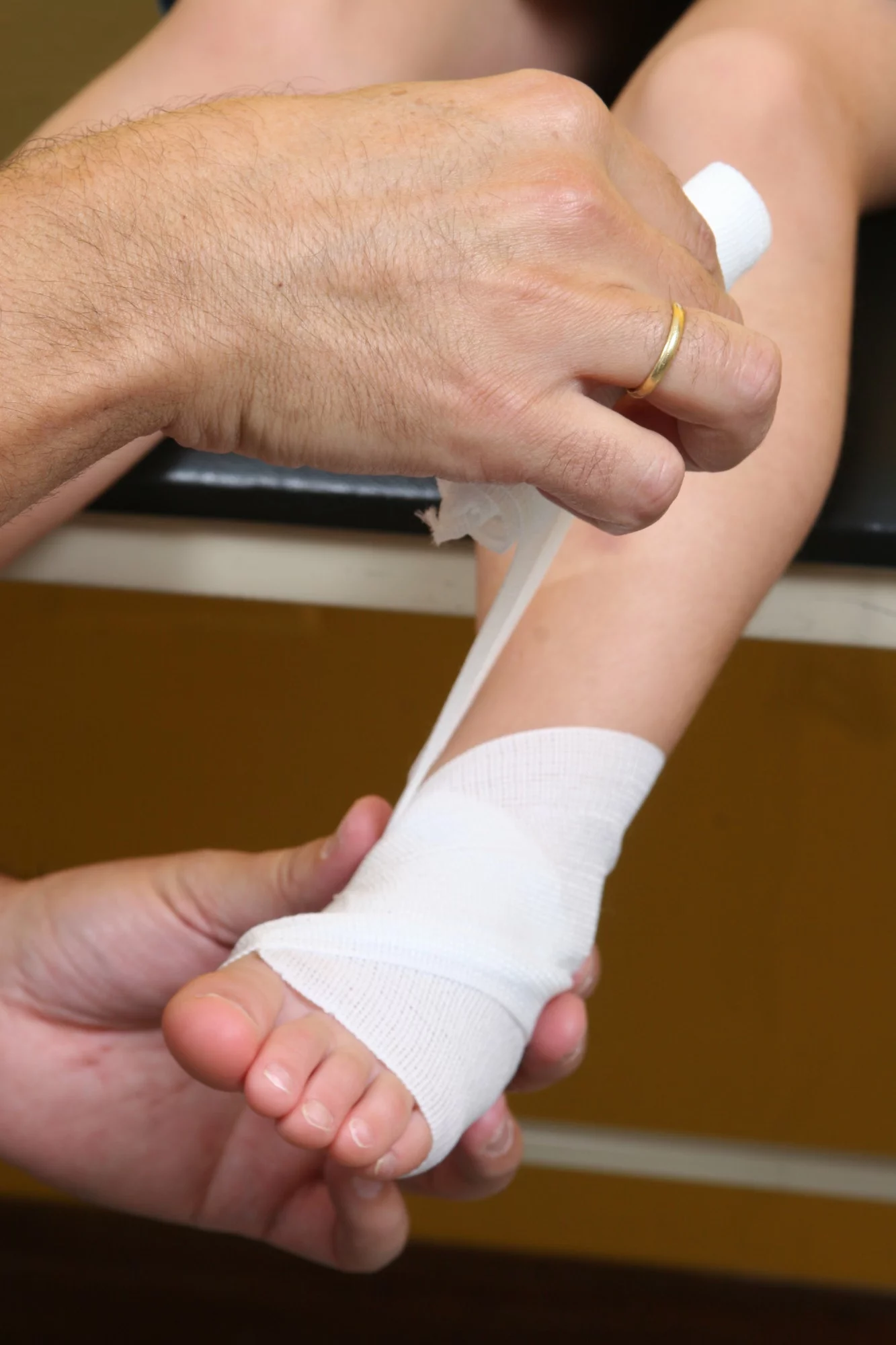Understanding Plantar Fibromas (Ledderhose Disease): Symptoms, Treatments, and Solutions

Plantar Fibromas (Ledderhose Disease)
- 10 Main Street, San Francisco, CA 99999
- (800) 871-8606
Office Hours
Table of Contents
What Are Plantar Fibromas?
Plantar fibromas are firm, rubbery nodules that form within the plantar fascia—the thick band of connective tissue running along the bottom of your foot. These lumps are made mostly of collagen (scar tissue) and often feel like a pebble under the skin. Though they are not cancerous, their location makes them painful to walk on, especially when barefoot or in unsupportive footwear.
An in-office exam combined with diagnostic ultrasound is typically used to confirm the presence, size, and location of a fibroma.
What Is Ledderhose Disease (Plantar Fibromatosis)?
Plantar Fibromas, or Plantar Fibromatosis is also called Ledderhose disease, It is considered a genetic condition, often affecting both feet and sometimes occurring alongside Dupuytren’s contracture in the hands. The condition arises from microtears in the plantar fascia, which “over-heal” and lead to excessive collagen production/lumps of scar tissue.
This results in:
- Single or multiple nodules on the arch of the foot
- Tingling or nerve compression symptoms (like burning or numbness) if a fibroma presses on a nearby nerve
- Progressive discomfort and pain with walking
Proven Treatment Options for Plantar Fibromas
Enzyme Injections + Shockwave Therapy
- Enzyme Injections (Hyaluronidase): Administered weekly for 3–5 sessions under ultrasound guidance to soften and shrink the fibroma.
- Shockwave Therapy: Applied just before each injection to improve enzyme penetration and enhance results.
- Topical Verapamil Gel: Applied twice daily for 6–12 months to further reduce collagen synthesis and promote fibroma shrinkage.
Custom Foot Orthotics
- Reduces tension on the plantar fascia
- Designed with pressure-relief accommodations around the fibroma
- Created using laser foot scans and biomechanical analysis
Minimally Invasive Surgery: Medial Band Release
Surgical Excision with Collagen Matrix Grafting
Traditional surgical removal of the fibroma has been associated with a 45–85% recurrence rate, but newer methods are improving outcomes:
- A collagen matrix is used to fill the gap left by the excised fibroma.
- In select cases, a nerve decompression procedure is also performed to alleviate big toe symptoms caused by nerve impingement.
Risks of Surgery
As with any surgical intervention, the following risks must be considered:
- Infection
- Poor wound healing
- Excessive pain
- Nerve damage
- High recurrence (if not using collagen matrix
- Development of new fibromas in other areas
Radiation Therapy
In collaboration with experienced radiation oncologists, focused radiation is used to stop fibroma progression:
- Ideal during the proliferative stage (early and actively growing fibromas)
- Protocol involves daily treatment for 5 days, repeated after 6–8 weeks
- Most effective in the first 6–12 months of fibroma development
Important Note: Surgery on a previously irradiated area is generally avoided due to healing complications.
Recommended Treatment Pathway
For most patients, we recommend the following progression:
- Start with enzyme injections + shockwave + Verapamil + orthotics
- Reserve surgery (with collagen matrix) for select cases
- Consider Radiation if the previous treatment options have already been tried and failed.
Conclusion
FAQs


